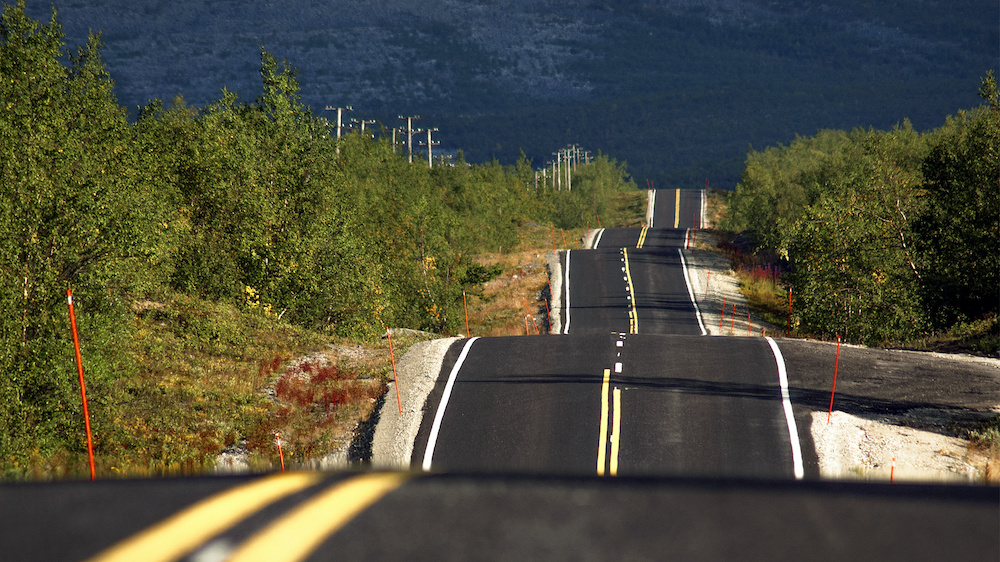Australia’s growing economy is hitting a Covid speed bump. The economic recovery has barely missed a beat with the brief Brisbane and Perth Q2 Covid shutdowns in Q2 as well as the longer shutdown in Melbourne, but the current shutdown in Sydney is occurring from the start of the month of July and the start of Q3.
Also, Sydney’s shutdown is different in that it is about containing the highly contagious delta covid strain that has gained a foothold frighteningly quickly in several suburbs across the city. It is running several days ahead of the ability of contact tracers to catch up and is threatening to overwhelm their efforts. At this stage, almost a fortnight into the new month and quarter the timespan for the lockdown is still uncertain but looks on the rising infection rate to still have several weeks or more to run.
The damage to economic growth will start to show in official monthly ABS data in early-to-mid August and in quarterly data (Q3) releases in November through mid-December. Some estimates place the cost of the Sydney shutdown as much as $A150 million a day. If that is the case and if it feeds directly to GDP, Q3 GDP growth is 0.1 percentage lower than it would have been every 3 to 4 days that Sydney is in lockdown. A one-month lockdown strips one percentage point from Q3 GDP growth and more than one month threatens to push Q3 GDP growth into negative territory.
This estimate of damage to Q3 GDP growth, however, is likely to prove to be excessive for several reasons.
The first reason is that the $A150 million a day cost estimate is based on loss of business and employment income. There is no allowance for government income support for households and businesses. While there is no JobKeeper support, the Commonwealth Government is providing some household income support through Centrelink while the NSW State Government is providing some business support. The banks are also chipping in with loan repayment deferrals for some businesses and households.
The Commonwealth Government is expected to announce more support after an emergency meeting between the Prime Minister and NSW Premier at the weekend. The net loss of business and household income after allowing for government support is materially less than $A150 million a day.
Another reason to dial down damage to Q3 GDP growth prospects from the Sydney Covid crisis is that much of the rest of the country is rebounding from earlier shutdowns. Melbourne is bouncing back after lockdown and with greater freedom comes greater desire to run-down crisis-time precautionary saving and spend more.
The spending bounce will also occur in Sydney and other places where the spending of Sydneysiders is important once the Sydney lockdown ends. While it is not possible to predict when the end will be, it seems unlikely that the lockdown will last much beyond early August. Half or more of Q3 GDP growth could be influenced by the bounce back in spending after the Sydney lockdown.
The economic growth impact of Sydney’s current covid crisis is likely to be comparatively modest and confined to Q3. It will be a small speed bump on the economic recovery road.
Covid may deliver more speed bumps if the highly contagious delta variant takes hold elsewhere in Australia requiring more lengthy lockdowns. However, the shelf-life for lockdown responses to delta covid outbreaks is less than six months interpreting National Cabinet’s staged plan for exiting the covid crisis.
Six months is the time when greater availability of covid vaccines will provide Australia with reasonable herd immunity and the ability to live with covid-19 and without harsh restrictions aimed at covid elimination.
Covid restriction-related economic growth speed bumps will feature in Q3 and possibly Q4 2021. Beyond that the end of resorting to lockdowns means that the economy should grow at consistently faster pace through much of 2022. Although as always there is a proviso.
Covid has proven to be an unpredictable beast. The current suite of vaccines is believed to render even the most contagious delta variant a minor ailment. If vaccination rates are high countries can live with covid without experiencing high rates of hospitalisation and death. This belief is being tested by the loosening of restrictions in the US and the UK even while the delta variant infection rate climbs.
If the US and UK experiments are successful Australia will move towards living with covid late in 2021 or early in 2022. Business and household confidence and spending will build and generate rapid economic growth unhindered by lockdown speed bumps. If the US and UK experiments fail, however, Australia can expect more periods of covid-restrictions and more economic growth speed bumps in 2022.
This uncertainty about the economic growth outlook is reinforcing the RBA’s view that interest rates must stay low and equally is keeping the Federal and State Governments always ready to spend more in need.

